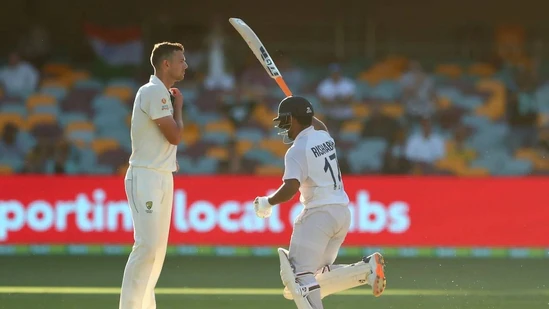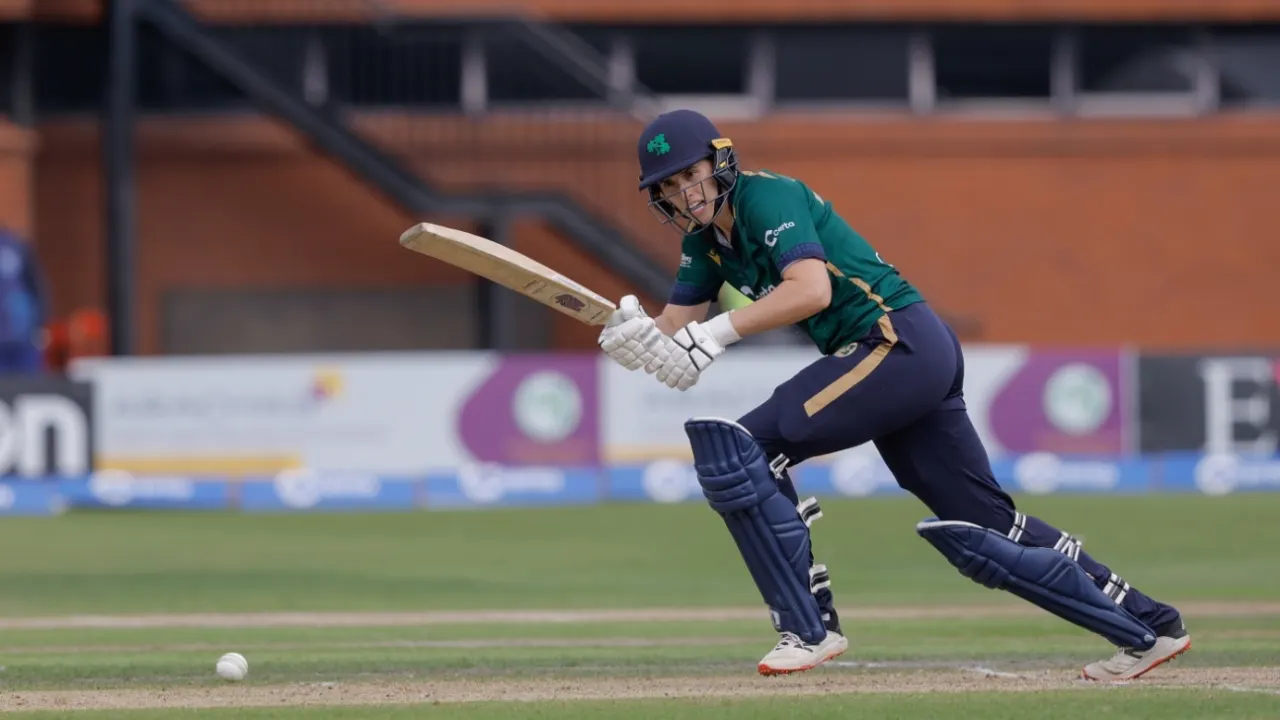KL Rahul shines under pressure, solidifies spot in XI with impressive fifty in 1st Test, leaving critics in awe
In his most recent seven Test matches, KL Rahul has showcased his versatility by batting in three different positions. Despite primarily opening since January 2015, he was moved down to No. 6 during the South Africa tour last December and even took on the role of wicketkeeper temporarily. He then moved up to No. 4 against England in Hyderabad in January, before returning to No. 6 against Bangladesh in Chennai in September as he recovered from an injury. Although he continued to bat at No. 6 for the following two Tests, he was eventually dropped from the XI for the final two matches against New Zealand.

Once the team landed in Australia nearly a fortnight back for a five-Test series and it became obvious that Rohit Sharma would miss the first skirmish in Perth, Rahul’s elevation to the opening position was almost a given, even though India had a reserve opener in Abhimanyu Easwaran to partner Yashasvi Jaiswal. After all, Rahul has opened in Australia previously – his first Test ton came in Sydney nearly a decade back – and has the pedigree and the experience to hold up his end.
Rahul’s stickability and excellent defensive technique was on show during India’s first-innings 150, his 109-minute vigil cut short only by a dubious umpiring decision. Determined not to let that get in the way, the 32-year-old ground out an excellent unbeaten half-century on day two at the Optus Stadium, happy to play second fiddle to Jaiswal as India moved into the ascendancy.
Thrown together into the deep end at the top of the order for the first time, Rahul and Jaiswal had put on 172 when the draw of stumps came to Australia’s rescue on a hard, unrewarding day of sustained toil. It was the third instance of Rahul being involved in a century opening stand in SENA (South Africa, England, New Zealand, Australia) countries since his debut in 2014. That he was doing so with a third different partner – after Rohit at Lord’s in 2021 and Mayank Agarwal in Centurion later that same year – speaks to his adaptability and nous.
Rahul has been a soft target for many for a long time and his modest Test average – 33.87 after 53 outings – lends itself to criticism, but when he bats like he did on Saturday, he both delights and infuriates. Delights, because he has everything required to be a consistent success against the very best. Infuriates, because he doesn’t do it often enough.
With Rahul’s sane counsel compensating for the absence of Rohit, with whom he had opened in each of his previous 14 Tests, Jaiswal found his bearings quickly, effortlessly putting behind the disappointment of an eight-ball duck the previous day. In easily the most challenging conditions of his fledgling international career, he left the ball on length superbly, his adjustments impressive and his shot-selection near perfect as Australia wilted under the unforgiving Perth sun.
As many as 17 wickets had tumbled on Friday, but only three fell on the second day, all in the first session and all in Australia’s first innings, which ended at 104 to give India a 46-run lead. During the two hours that Australia defied India without eating significantly into their tally, Mitchell Starc showed that the surface had eased up a touch, the demons of day one having settled down. Starc batted for more than two hours and negotiated 112 deliveries in eking out 26. Why then would India’s openers leave runs behind?
Challenging conditionsLateral movement wasn’t as prodigious, the bounce not as considerable, but this was far from a placid deck. The ball still did jag around, especially when it was new and hard, and as the afternoon wore on, the bounce became a little up and down, which will thrill India because Australia must bat last. Australia didn’t help their cause by deviating from the straight and pitching the ball far shorter far more often than in the first innings. Nearly half the 346 balls they bowled fell in the ‘short-pitched’ category and that played into the hands of Jaiswal and Rahul, watchful when they needed to be but certainly not becalmed or scoreless.
Jaiswal finished the second evening ten short of a deserved fourth Test ton while Rahul was 62 not out. The younger man did dominate the stand, but much of it had to do with the sagacity and stability Rahul provided at the other end. Because they haven’t often batted together, there was the occasional breakdown in communication when it came to running between the wickets, but otherwise, they were exceptional in putting mind over matter even as Australia traversed in the other direction, going quickly from the hunter to the hunted.
Stay informed with the...RELATED STORIES






LATEST NEWS







